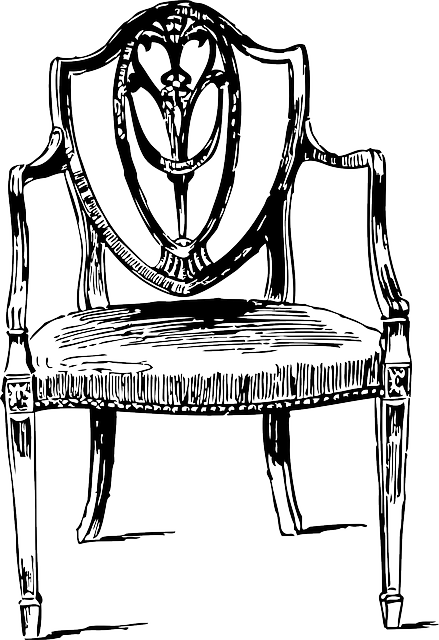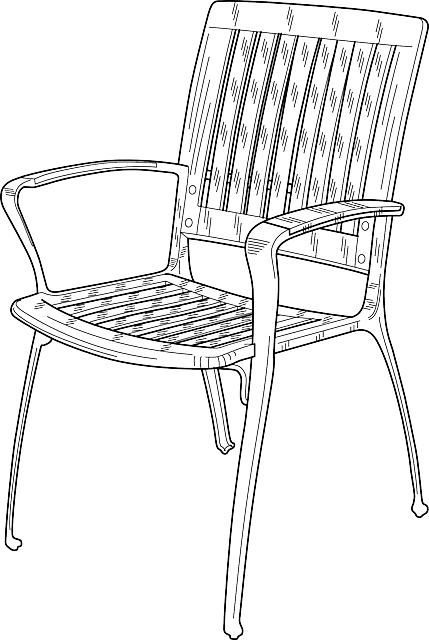Google’s SERPs Further Blur Ads – Digiday
Last updated 01/24/20 ✧ First posted 01/24/20
~5 minutes to read.
I got quoted towards the end of a Digiday article written by Deanna Ting yesterday (1/23/2020). Here it is.

Users of Google search on desktops may have noticed a slight change over the last week and that change is affecting what they perceive as an ad. This represents a further blurring of the lines between ads and organic sources in search.
Beginning Jan. 13, Google redesigned its desktop search experience to feature favicons, or preferred icons. For organic results, users will see favicons, or a brand’s icon next to the url. For ads, they will see a bolded black ad label next to the url that looks similar to a favicon.
This redesign first appeared in May on Google search for mobile devices. At the time, Google said the move was prompted by a desire to help users “better understand where the information is coming from and what pages have what [they’re] looking for.” Bringing that same design to desktops this month adds to the consistency of the search experience, regardless of the device, according to Google.
This isn’t the first time Google has changed the look of ads in search.
“What an ad looks like has gotten more subtle over the years,” said Brooke Osmundson, associate director of paid search for NordicClick, a pay-per-click agency. “It’s started to blur the lines between what users thought was an ad or wasn’t.”
Search Engine Land has posted a helpful infographic showing how Google’s design tweaks in search have evolved, so users find it heard to distinguish between what’s an ad and what is not.
The concept of banner blindness loosely applies here, said SEO consultant Bill Hartzer. Now that all organic search results have favicons and ads are labeled with similarly sized icons, “searchers will see the favicons and overlook them, also ignoring the ‘Ad’ favicon as well,” he said. “So, they’re going to be more likely to click more on ads, which will benefit advertisers. But, in the long run, it will also benefit Google.”
Early results from NordicClick seem to support that theory. Osmundson pulled data for four different clients, comparing their respective search engine ads’ click-through rates (CTR) during Jan. 7 to 13 with those during Jan. 14 to 20, after Google’s desktop search changes went into effect.
For all four clients (a local health care company, two business-to-business companies and an e-commerce company), the desktop click-through rates increased and ranged from 4% to 10.5%. All clients had slight declines in the click-through rates on mobile devices.
Last May for three of those four companies, after Google made its mobile search changes, mobile click-through rates increased 17% to 18% for two companies during the May 24 to 30 stretch, as compared with the May 17 to 23 period.
“If we see increased CTR, we might be spending through our budgets more quickly than we realized,” Osmundson said. “That’s great for our clients but in marketing we need to do more due diligence in our jobs to make sure they have a good user experience on the site to see our dollars work a little bit harder for us.”
David Ogletree, owner of the WME Training pay-per-click training company, however, did not find a significant increase in click-through rates when he pulled similar data for his clients. “There was essentially hardly a change at all back in May and now in January, too,” he said, referring to data he pulled for his 50 clients.
And RPA Advertising has also not detected a change. “We haven’t seen a noticeable impact on our clients’ paid versus organic search traffic,” said Anthony So, group director of search for RPA. “Favicons will have a stronger impact in verticals that consist of a lot of affiliate marketing partners.”
Following the changes made to mobile search in May, Hartzer conducted his own experiment to see what would happen if he used the same “Ad” favicon on his own website. (The “Ad” favicon was active in search for three days in May until Google removed it.)
“When I added the ‘Ad’ favicon on my site, and Google showed it in the organic search engine results, there were less clicks, as the ‘Ad’ text (favicon) was next to the listing in the search engine results,” Hartzer said, adding that the results did not surprise him because right at that time people were still becoming accustomed to seeing the “Ad” favicons next to search results.
Over time, however, banner blindness will take hold, Hartzer suggested. And when users unconsciously ignore the “Ad” favicon, advertisers will see higher click-through rates, he said.
Banner blindness is also something RPA’s SEO lead Ethan Hulbert is concerned about. “Google points to its non-English searches to show that the translated label is more differentiable,” he wrote by email. “For instance, a French search on google.fr will bring up ads labeled with the full ‘Annonce,’” Hulbert said. “But since most searches we care about are English, this gives us little comfort.”
Added Hulbert: “I think this trend is worth paying attention to, and expect it to have a muted effect over time.”
While Ogletree did not see any change in click-through rates for his clients following Google’s search design changes, this will ultimately benefit advertisers and, of course, Google, he observed.
“Every decision they make is to get more money from advertisers,” Ogletree said. In the third quarter of 2019, Google parent company Alphabet made nearly $34 billion from advertising alone.
[Digiday] Editor’s Note: This article was updated to reflect that Google’s ad labels in search are not the same as a favicon, which are chosen by individual site owners.
✧ ✧ ✧
Article preserved by Ethan J. Hulbert.






